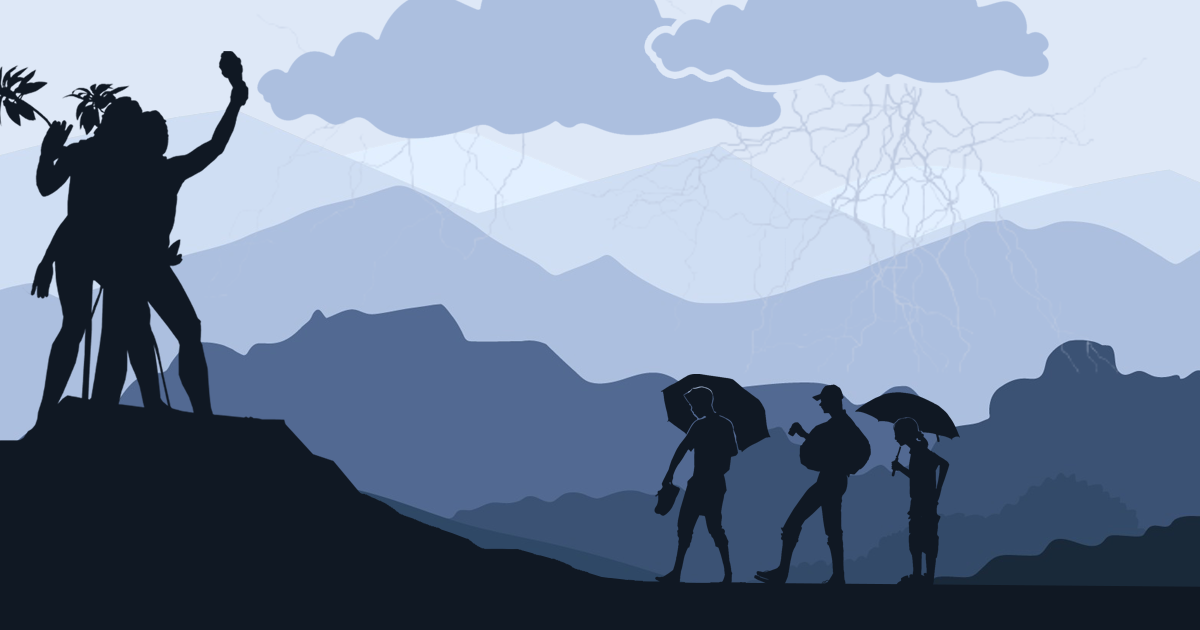Over the years, the Visayas State University (VSU) has gained several monikers due to its many features. This includes being a well-known "Very Scenic University" to the witty "Very Sakaon University."
The latter has been a common pun to describe the Baybay campus' extensive and steep 61.6-hectare grounds. Despite its comical nature, this specific attribute completely describes the understated struggle of those who trek to their classes everyday.
Walking is one of the many aspects that freshmen students have to prepare for when entering VSU. A well-toned pair of "bagtak" or calves is said to be a necessity to conquer the upper campus' inclined paths. Many of the university's officials, instructors, and even alumni regard this feature as a silver lining since students will be subjected to physical exercise–a helpful facet in learning.
Although exercise is good, the path to the university's well-dispersed colleges is not coupled with perfection, ultimately making those sentiments a little disjointed to begin with.
For instance, the weather is a big deciding factor in whether walking around VSU will be a good idea. As frequently joked by Viscans, there are only two climates on the Baybay campus: wet and very wet. Its topography, being located at the foot of Mount Pangasugan, promotes a certain microclimate that causes frequent downpours.
Walking in the rain is already an inconvenience but VSU's poor drainage system only makes it worse. Flooding is a common sight along the roads from the New Library to the Gymnasium. The VSU Market is also easily dowsed while the paths leading to the Main Gate accumulate large puddles. The entire walkway headed to the Department of Liberal Arts and Behavioral Sciences (DLABS) forms a river-like current and the stairs adjacent to the ADE building become an unsightly waterfall. Not only are these a nuisance but they also pose a hazard to the students and staff alike.
Even in sunny weather, the lack of covered walkways within the campus exposes students to unforgiving heat, causing major discomfort.
Furthermore, time is also another factor that makes walking inconvenient. Most instructors commonly give students a sufficient grace period to transfer to their next class, at times from one department to another; when instead, this could have been invested in conducting class activities.
Vehicles also became prevalent among students as it provides ease in transportation on campus. However, this is not something every student can afford, and the amount of people manning motorcycles and cars in the university is a clear indicator of the burden caused to students.
Fortunately, the university recently implemented free in-campus bus rides that transported students in two routes. It was an accommodating measure given the weather conditions at that time. However, the initiative was short-lived.
In another scene, the University of the Philippines (UP) Diliman has managed to maintain the "UP Ikot", a transportation system covering six jeepney routes within its campus. A solution that has been operating for a few years now, and is yet to be aspired by our own university.
As VSU bids to become one of the top universities in the country, it must consider how the struggle to go around the campus by "walking", even if it has been regarded as a university norm for decades, needs to be solved now. Besides, the last thing that Viscans should worry about, are these stairways that ironically get in the way of them becoming globally competitive human resources.


